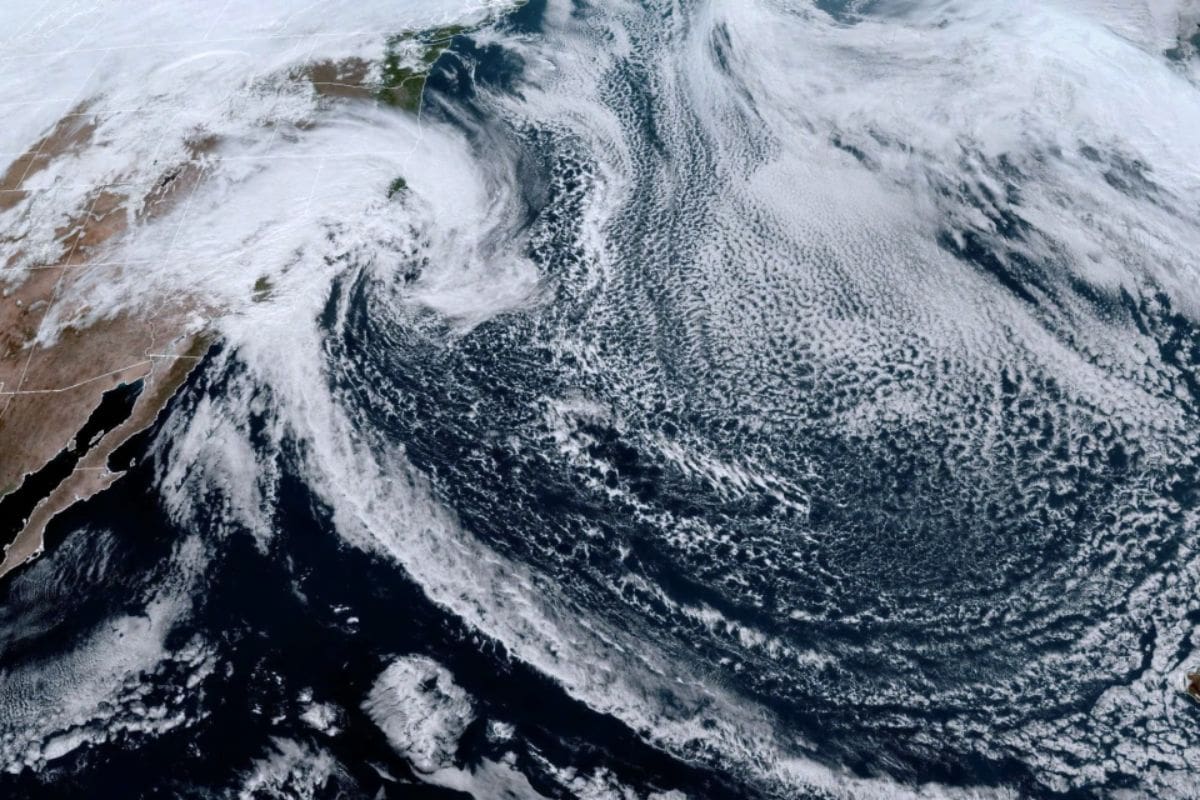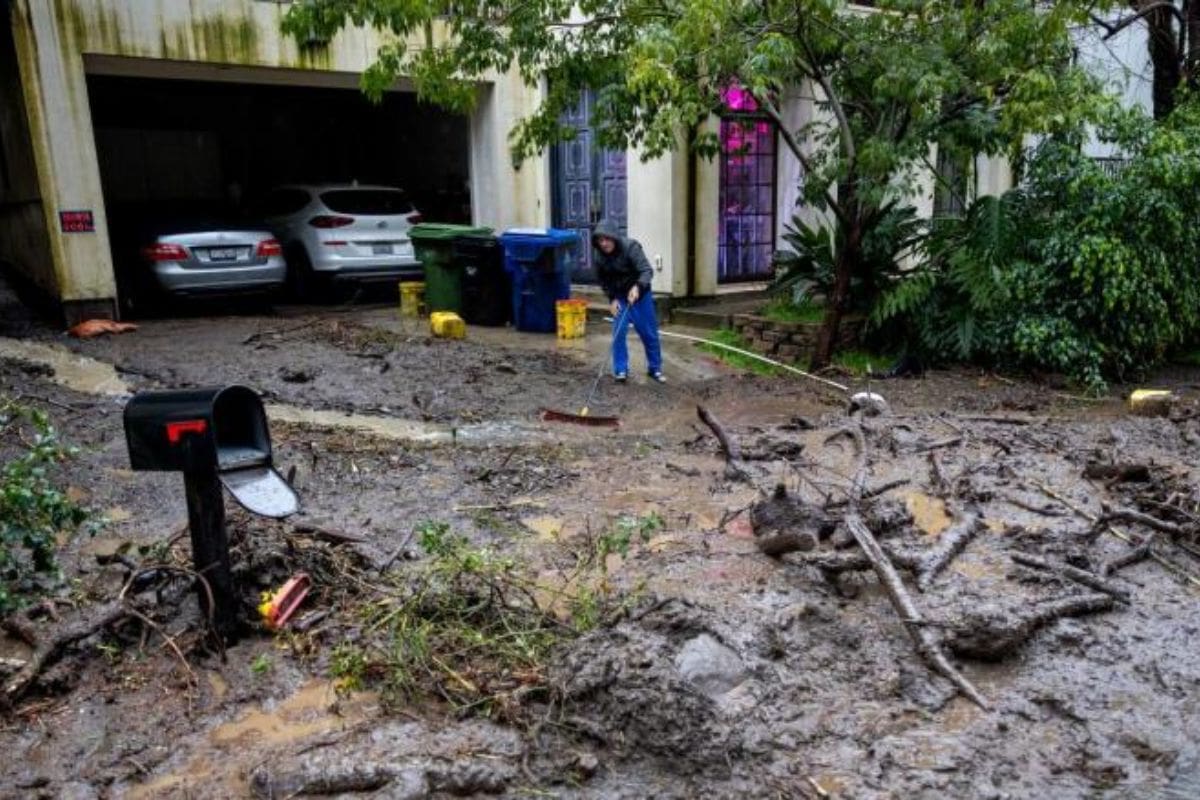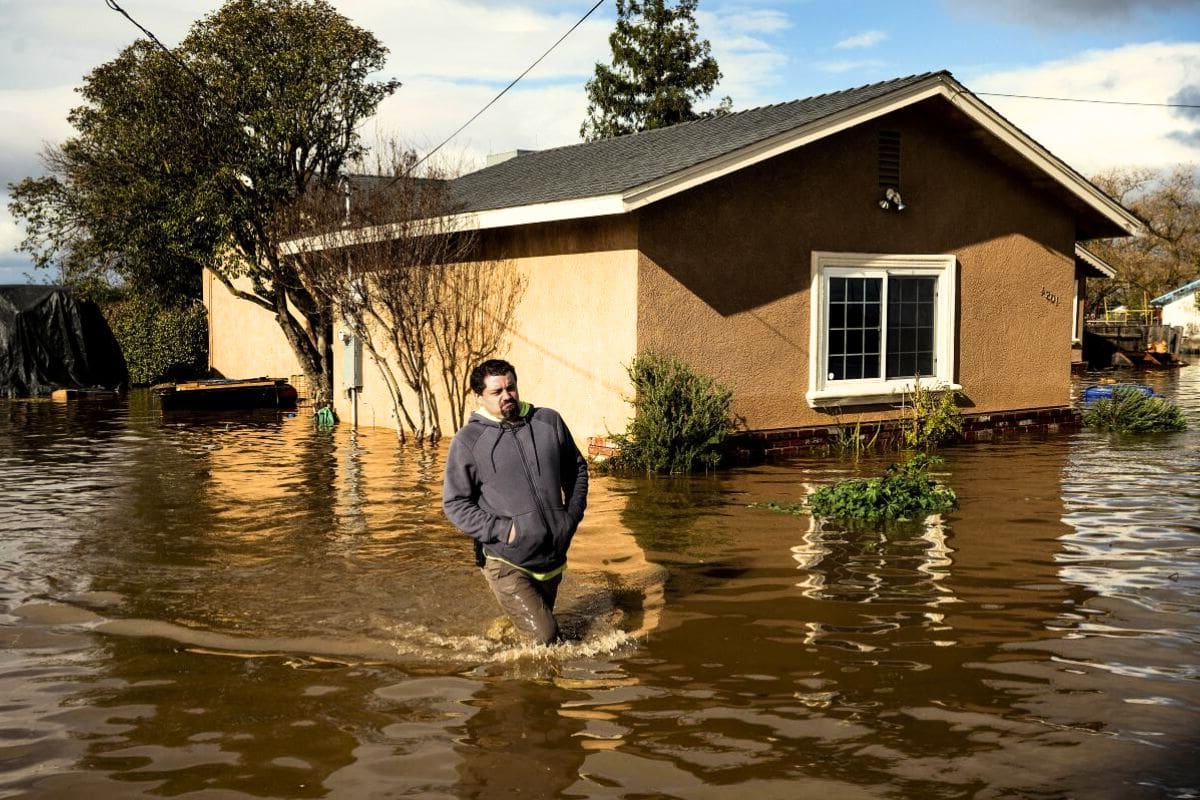The California Storms: You might be thinking that the recent storms in California were just another weather event, but the truth is, they had a significant impact on the state. Rivers to Recovery: Assessing the California Storms aims to shed light on the aftermath of these intense weather systems from a scientific perspective. By understanding the role of atmospheric rivers, the complexity of climate change impact, and the vulnerability of California, we can better grasp the challenges faced in forecasting and the road to recovery. Stay tuned to uncover the hidden truths behind these storms and discover the steps taken towards a brighter future.
Key Takeaways
- Intense storms in California, including mudslides, landslides, flooding, and power outages, have raised concerns about future occurrences and the need for preparation and mitigation.
- Atmospheric rivers, which are common weather phenomena in California, played a significant role in intensifying the recent storms by transporting excessive moisture from a warmer-than-usual ocean.
- Climate change predictions indicate that the frequency and intensity of atmospheric rivers will increase, leading to more frequent and intense storms in the future.
- Understanding California’s vulnerability to atmospheric rivers and extreme weather events can help in preparing for and responding to these challenges.
California Grapples with Aftermath of Intense Storms: A Scientific Perspective
If you’re wondering how the recent intense storms in California have impacted the state and what insights scientists from Georgia Tech’s School of Earth and Atmospheric Sciences have to offer, you’re in the right place. The storms have had a profound impact on California, causing mudslides, landslides, flooding, and power outages in many areas. Scientists are now looking at the intensity of these storms and their connection to broader weather patterns.
They are studying data to understand the factors that led to such extreme weather events and to predict future occurrences. By analyzing atmospheric conditions, precipitation patterns, and climate models, these scientists hope to provide valuable insights that can help the state prepare for and mitigate the effects of future storms. Stay tuned for more information on how these storms are assessed scientifically.

Also Read: Marine Helicopter Rescue Mission Faces Challenges in California Mountains
Understanding Atmospheric Rivers: The Culprit Behind the Deluge
Understanding the culprit behind the deluge in California’s recent intense storms lies in comprehending the role of atmospheric rivers. Here are some key points to help you grasp the concept:
- Atmospheric rivers are common weather phenomena in winter in California.
- The severity of this event was due to an atmospheric river transporting excessive moisture.
- The moisture came from a warmer-than-usual ocean, which is particularly notable in an El Niño year.
- These atmospheric rivers are like “rivers in the sky” that can transport vast amounts of water vapor.
The Complexity of Climate Change Impact: Strong Atmospheric Rivers on the Rise
With the impact of global warming, the frequency and intensity of atmospheric rivers are expected to increase, posing a complex challenge in understanding their effects on climate change. As Professor Annalisa Bracco explains, the recent California storms showcased the power of these atmospheric rivers.
While not the strongest on record, they were among the most powerful. This raises concerns about the future, as climate change is predicted to bring more frequent and intense atmospheric rivers. These weather systems can cause heavy precipitation and flooding, impacting ecosystems, infrastructure, and communities. As we strive to understand the complexity of climate change, it is crucial to study and monitor these atmospheric rivers, as they play a significant role in shaping our weather patterns and the challenges we face in a warming world.
California’s Vulnerability and Comparative Phenomena
As we shift our focus to California’s vulnerability and comparative phenomena, it is important to recognize the unique geography of the state that makes it particularly susceptible to atmospheric rivers. These are some key points to consider:
- California’s geography exposes it to southwesterly winds and atmospheric rivers, which can bring heavy rainfall and cause flooding.
- Similar weather patterns can also impact other regions, like the Atlanta area, highlighting the broader relevance of atmospheric rivers.
- It is crucial to avoid attributing a single event to climate change without careful analysis.
- However, the recent storm in California aligns with predictions of more extreme weather events in a warming world.
Understanding California’s vulnerability and comparative phenomena can help us better prepare for and respond to the impacts of atmospheric rivers and other extreme weather events.

Forecasting Challenges and the Road to Recovery
Forecasting extreme weather events and navigating the path to recovery present significant challenges in the wake of the California storms. Despite the ability to anticipate the storm, the aftermath highlights the severity of its impact. Even with excellent forecasting, preparations can only mitigate so much.
As recovery efforts commence, climatologists are poised to the data from this event. The storms serve as a reminder of the ongoing challenges posed by extreme weather events in the face of a changing climate. It is crucial to understand the complexities of these events, as they have far-reaching consequences for communities and infrastructure. By studying the data and improving forecasting techniques, we can better prepare for future storms and work towards more effective recovery strategies.
Conclusion Of The California Storms
California has been grappling with the aftermath of intense storms caused by strong atmospheric rivers. These phenomena are on the rise due to the complexity of climate change. The state’s vulnerability to such deluges highlights the need for improved forecasting and preparedness. However, with scientific understanding and a road to recovery, California can bounce back from these devastating storms and build a more resilient future. Stay informed and stay prepared.
Our Reader’s Queries
What caused the California storm?
An extensive downpour, accompanied by substantial snowfall in elevated mountain regions, reached California propelled by a meteorological phenomenon known as an atmospheric river. This expansive aerial flow carries concentrated moisture from the Pacific inland.
How is an atmospheric river beneficial to California?
In California’s rainy season, atmospheric rivers significantly contribute, accounting for 25-50% of the state’s annual precipitation. The quantity of rain and snow varies considerably based on precise location, timing, and moisture content.
Is the California storm because of climate change?
According to experts, the storm’s impactful nature can be attributed to its structure and deliberate pace, featuring a moisture feed that stretches thousands of miles into the subtropics. Its heightened intensity is further explained by the amplifying effects of El Niño and a warming climate.

